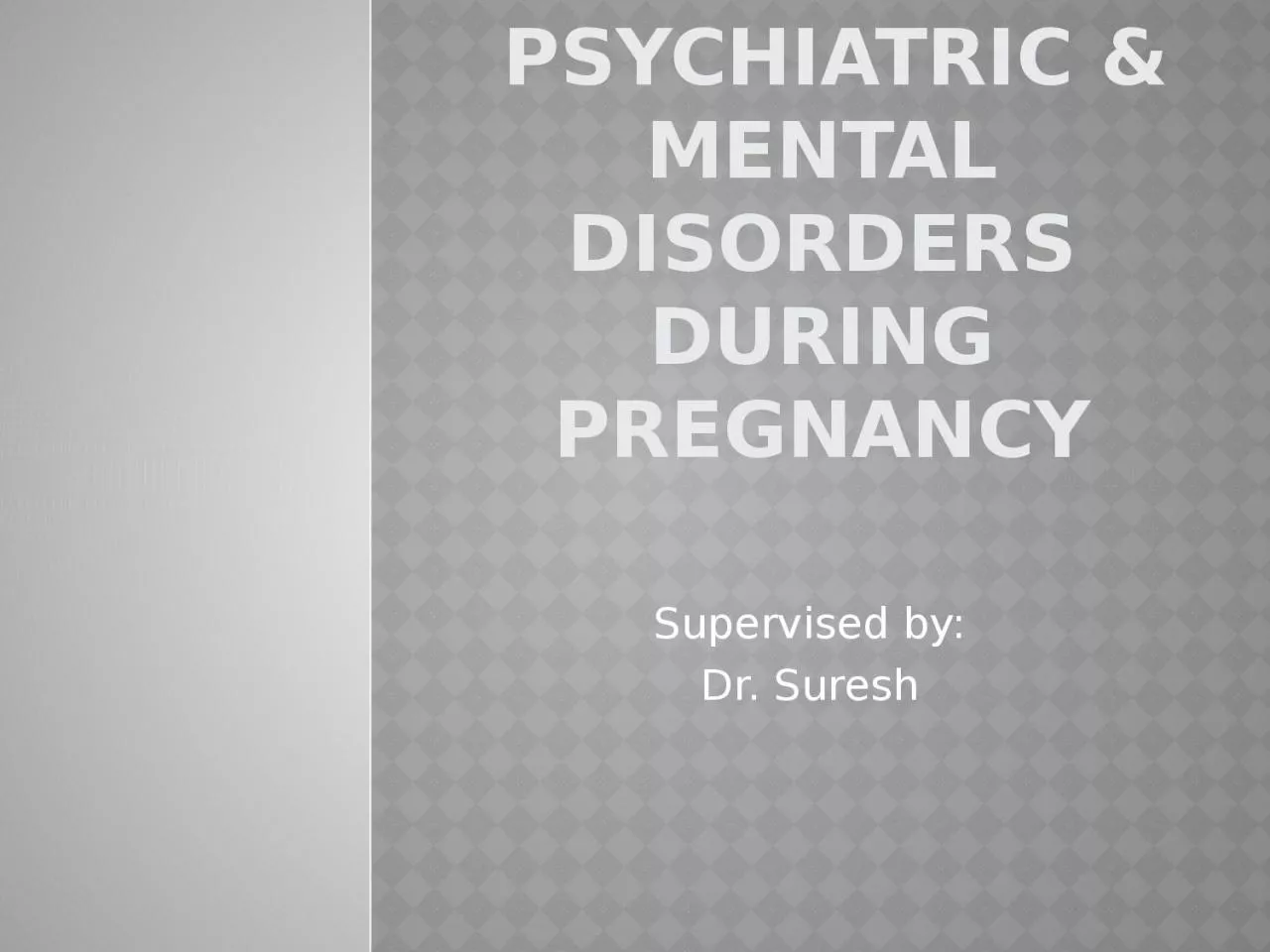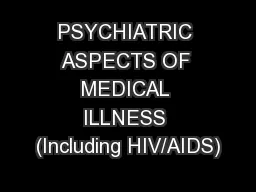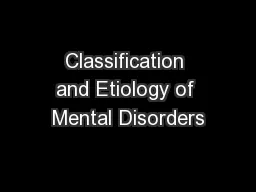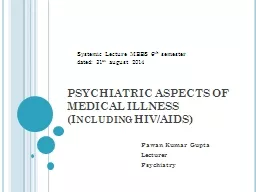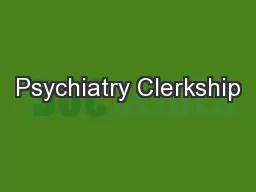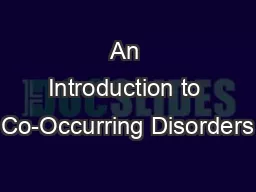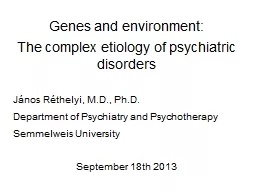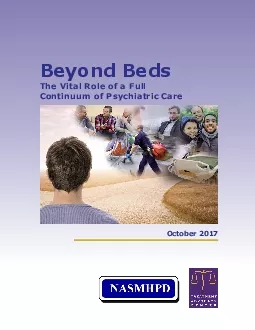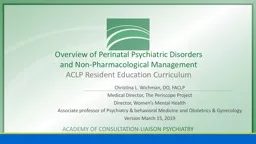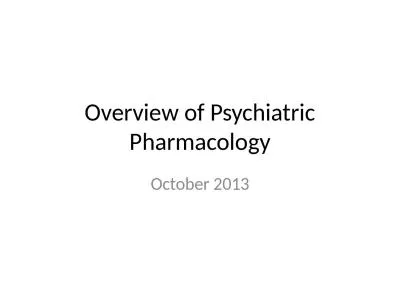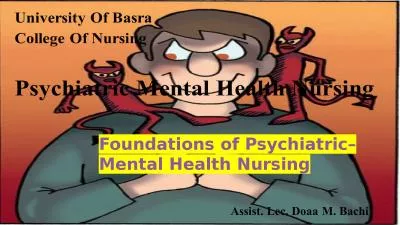PPT-Psychiatric & Mental Disorders During Pregnancy
Author : WiseWhale | Published Date : 2022-08-02
Supervised by Dr S uresh outlines Why is it important Women are at the greatest risk of developing a psychiatric disorder during childbearing age The psychiatric
Presentation Embed Code
Download Presentation
Download Presentation The PPT/PDF document "Psychiatric & Mental Disorders Durin..." is the property of its rightful owner. Permission is granted to download and print the materials on this website for personal, non-commercial use only, and to display it on your personal computer provided you do not modify the materials and that you retain all copyright notices contained in the materials. By downloading content from our website, you accept the terms of this agreement.
Psychiatric & Mental Disorders During Pregnancy: Transcript
Download Rules Of Document
"Psychiatric & Mental Disorders During Pregnancy"The content belongs to its owner. You may download and print it for personal use, without modification, and keep all copyright notices. By downloading, you agree to these terms.
Related Documents

